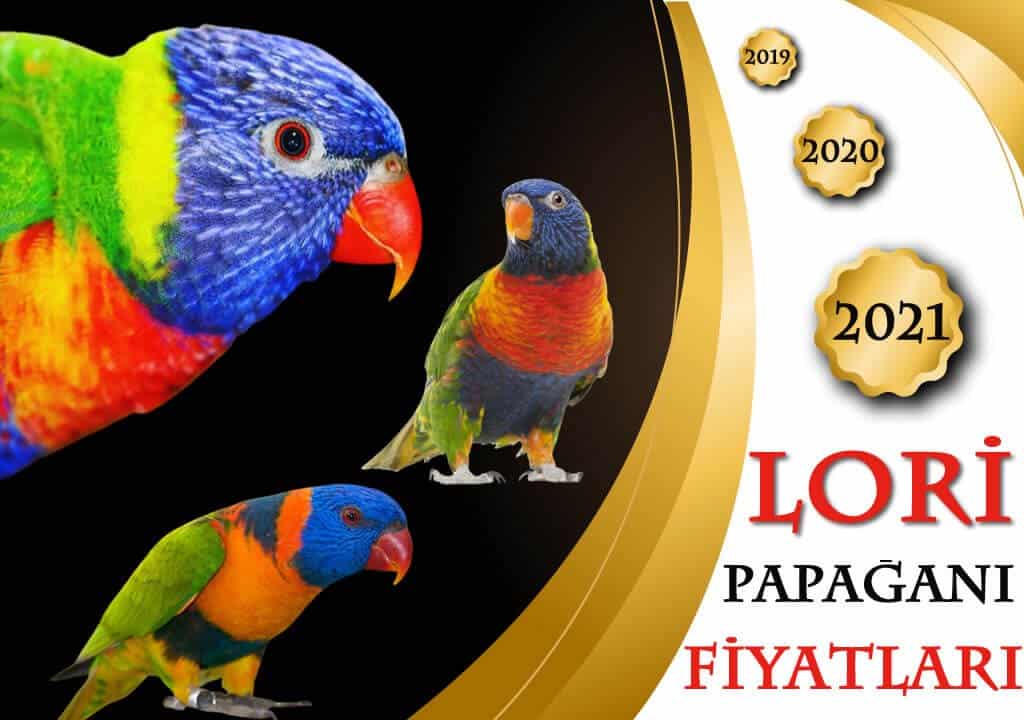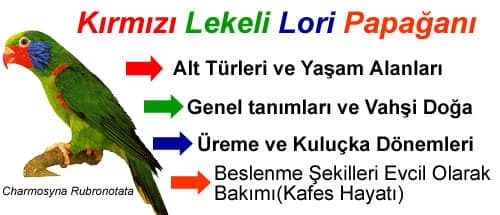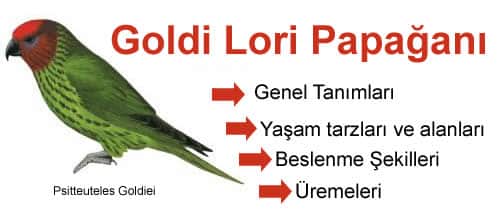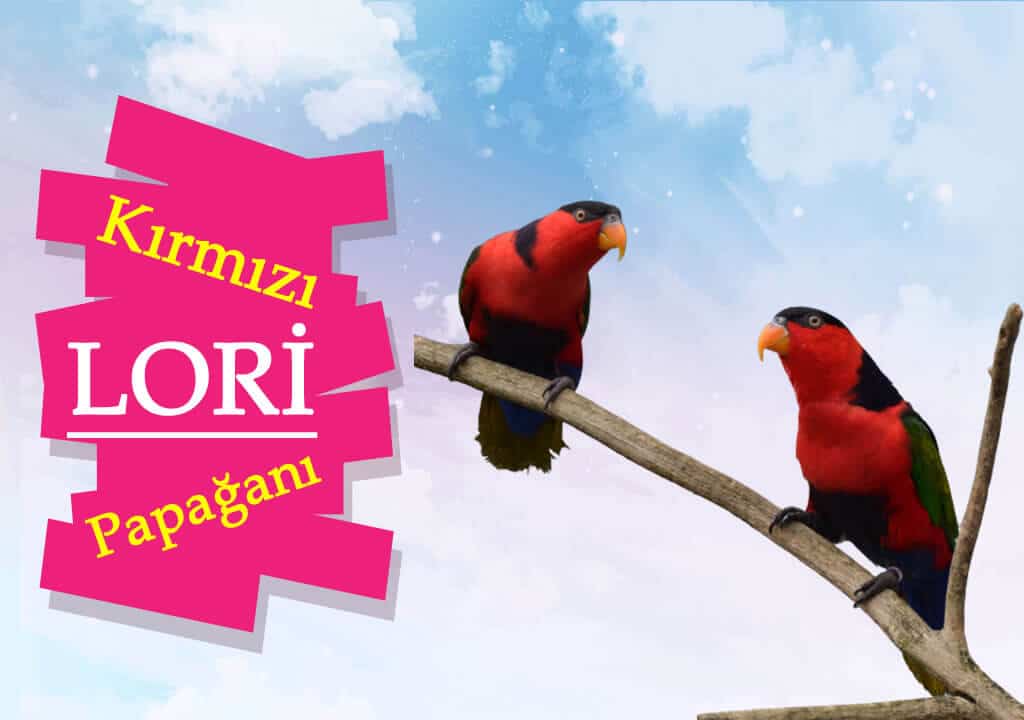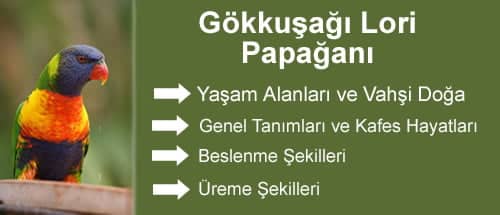Blog
Purple Neck Lori Parrot

Purple-Necked Lori (Lorius Domicellus)
Living Areas
They inhabit Indonesia, Seram and Ambon islands (here it is said to be extinct but still unproven) and live in Buru. They move from region to region, mostly in pairs or alone. They choose tropical mountain forest areas up to an altitude of about 400 – 900 meters for shelter.
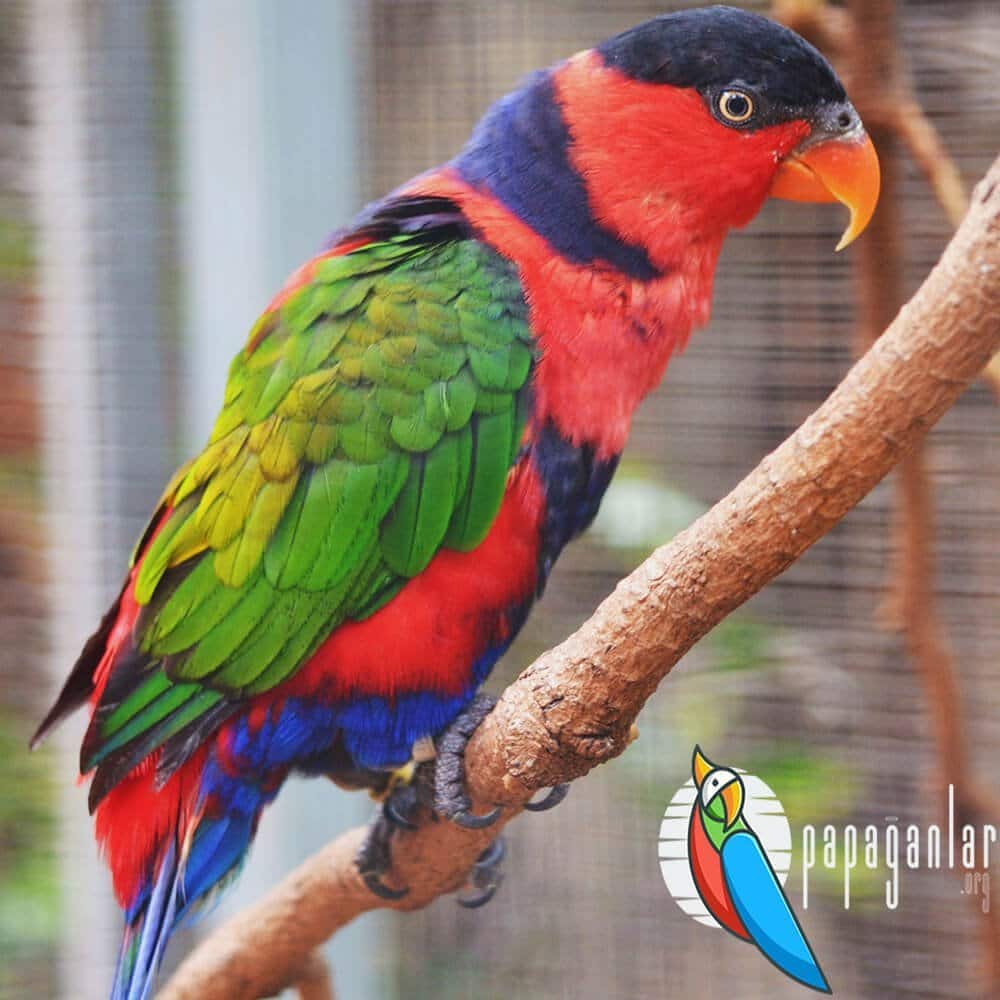
This species is almost extinct, even borderline or considered extinct. Although it is in the favorite cage bird group in the countries where it is concentrated, there is almost no information about its characteristics and natural lifestyles. This species is on the verge of extinction due to its illegal sales, changing and degraded habitats.
General Description
This species, which is about 28 centimeters in size, has red-weighted and very vibrant colors. Male and female have the same physical characteristics. For this reason, it is not possible to visually distinguish between sexes.
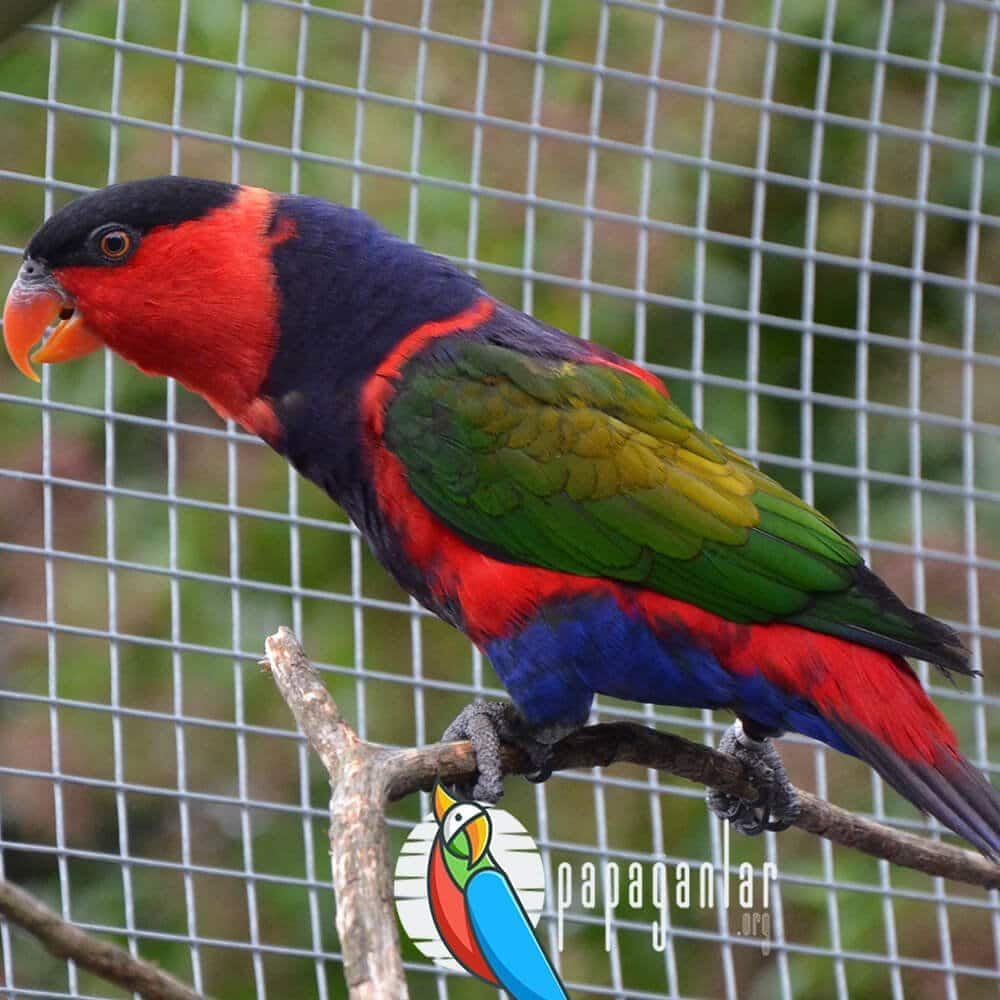
Reproduction Patterns
There is no exact data available. But it is widely known that they make nests in tree hollows and their incubation consists of 2 eggs. The incubation period is around 24 – 25 days.
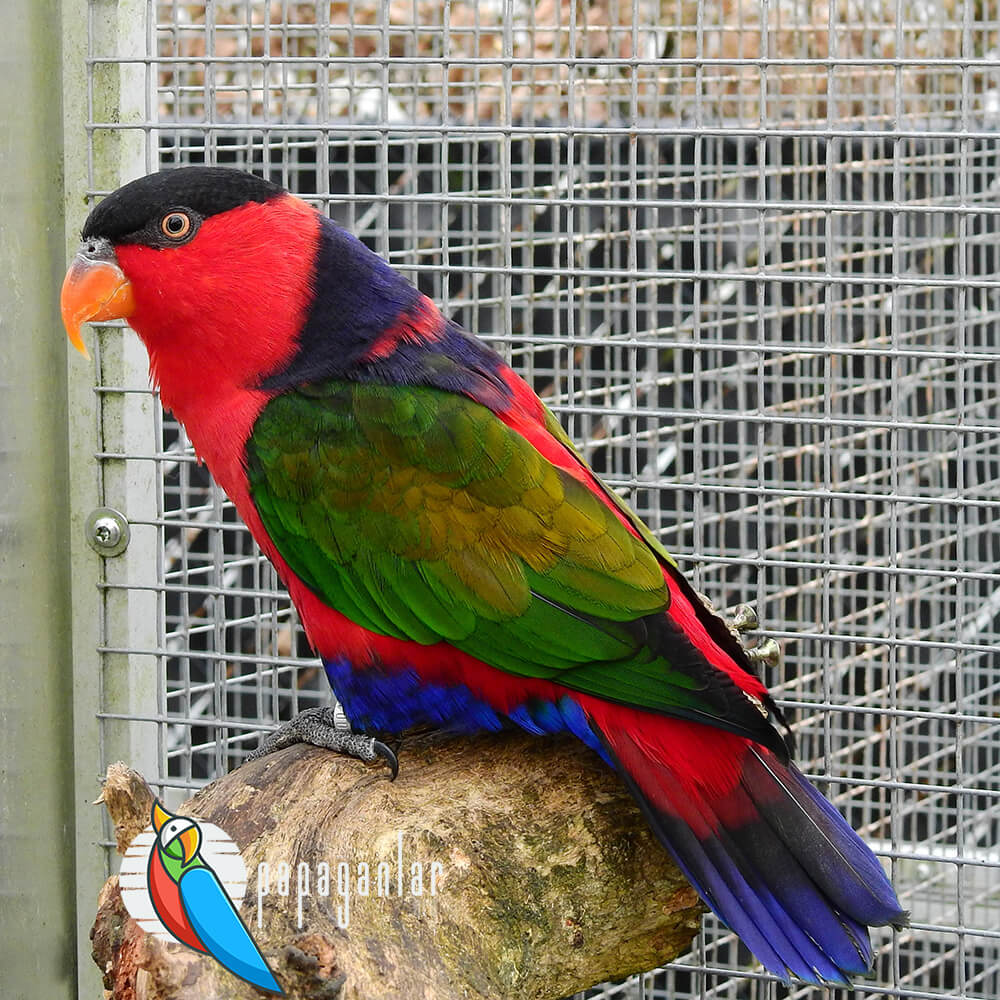
Nutrition Patterns
As with other Lori parrot species, they consume pollen, fruit nectar and fruit. In addition, they occasionally eat seeds with a harder shell.
They are mostly seen in European countries as pets. It is a species with mimicry abilities. Curious and when trained, they are close to human and active. Because they like to gnaw, they should be given a gnawing branch constantly. Cage maintenance is difficult as it is a species that also likes to climb and fly. They should be looked at in room-type keels of appropriate size. There should be plenty of opportunity to fly and climb in the keel. You should definitely look at the pair. They exhibit aggressive behavior when fed alone.






